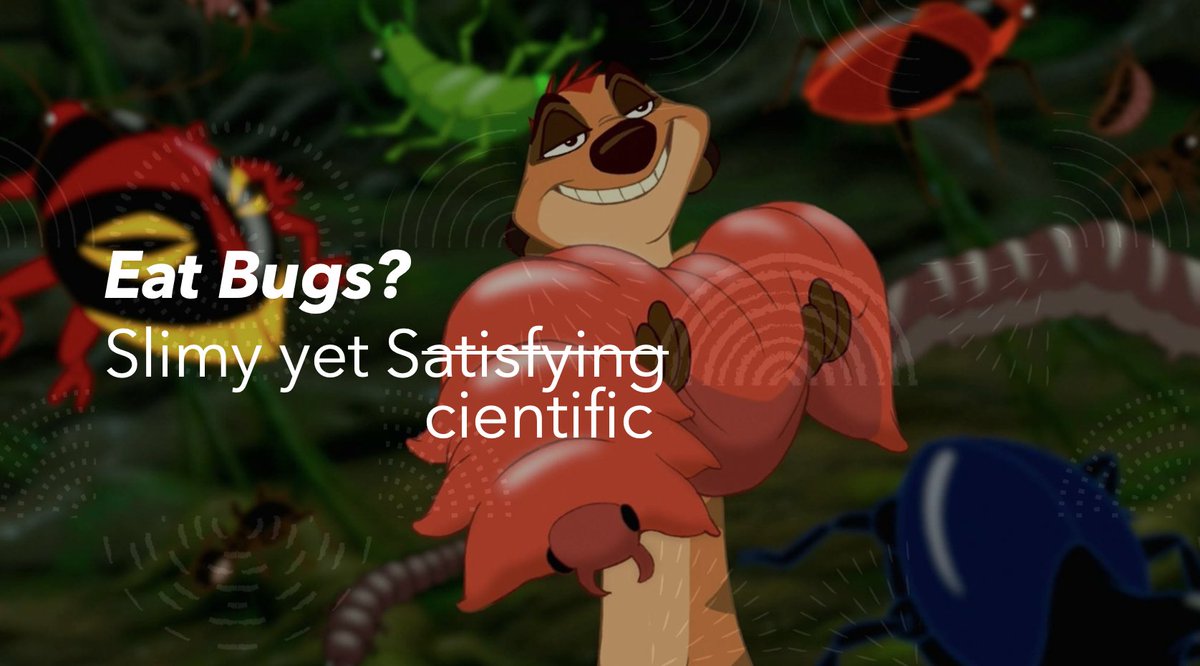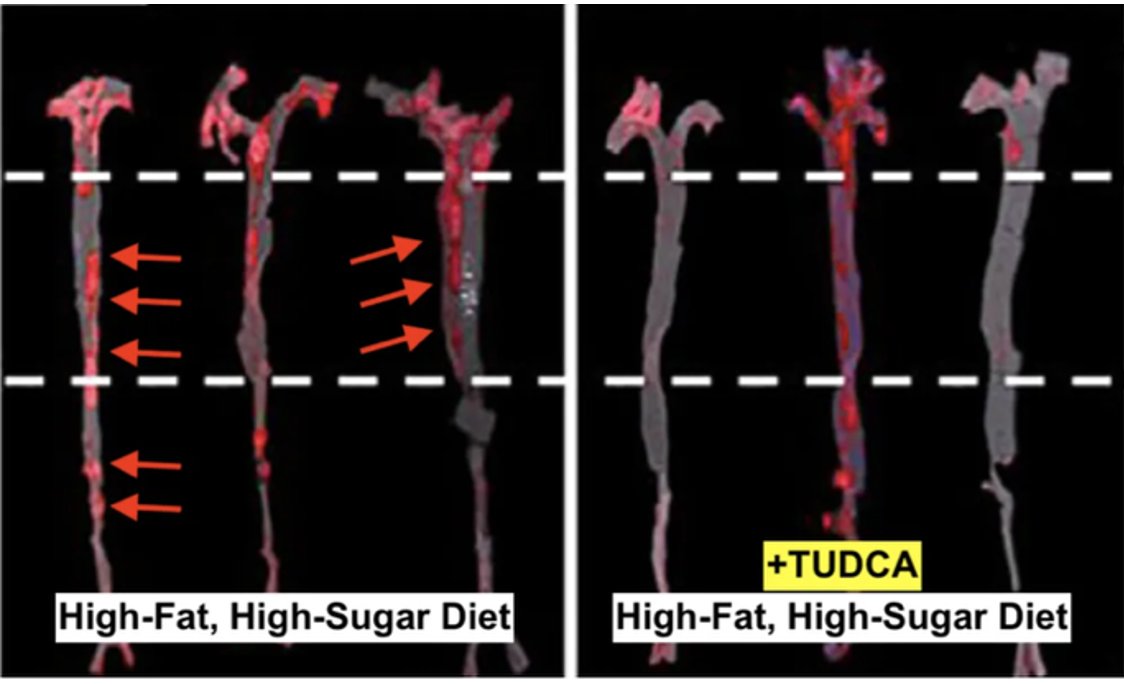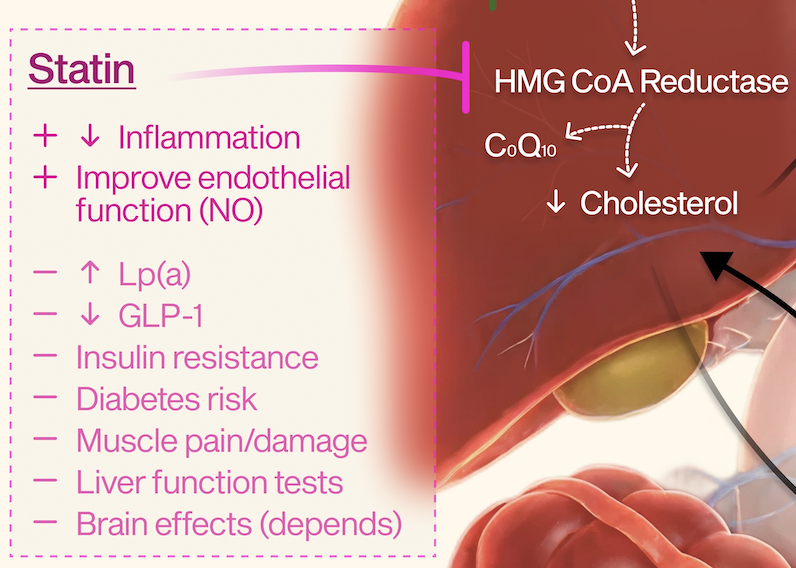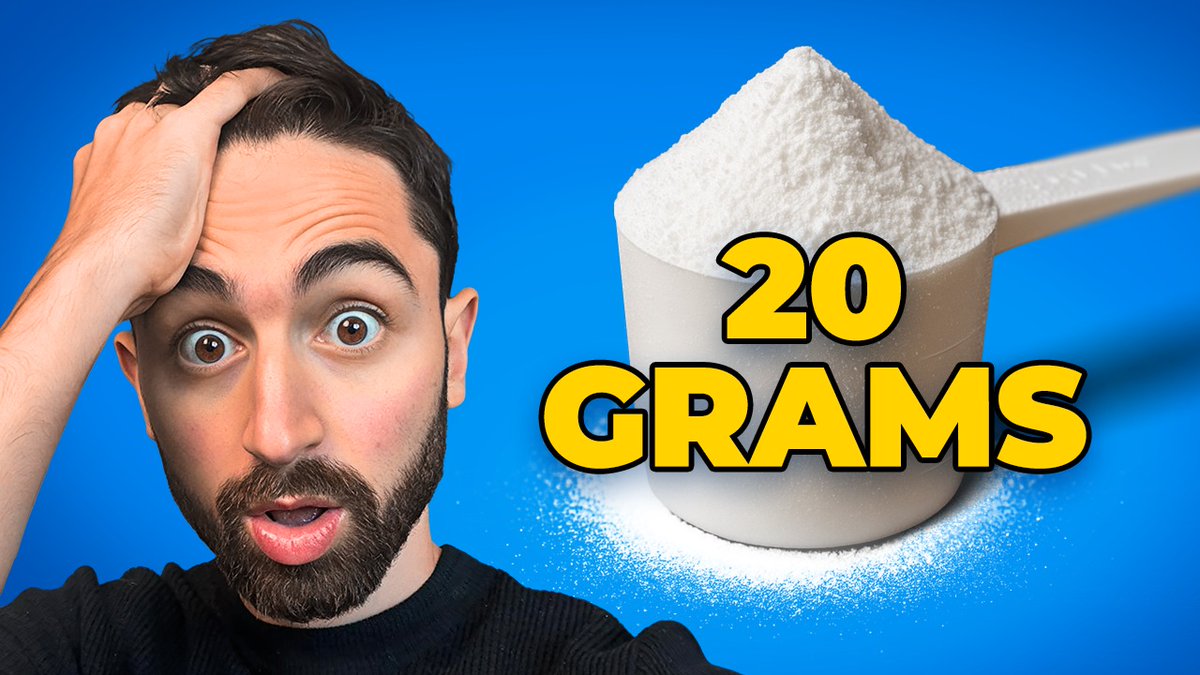My YouTube w @KenDBerryMD on #Entomophagy has gotten 🔥 responses!
Should I back off? Probs
But instead, I CHALLENGE YOU 🫵 to put aside emotions & watch 1 of these videos
11 m:
45 m:
1/ NOW for 🧵 on 5 MYTHS about eating Bugs!
Should I back off? Probs
But instead, I CHALLENGE YOU 🫵 to put aside emotions & watch 1 of these videos
11 m:
45 m:
1/ NOW for 🧵 on 5 MYTHS about eating Bugs!

A DISCLAIMER
I am NOT trying to take your meat
I am NOT saying meat is unhealthy
I am NOT trying to force you to eat bugs
I am NOT trying to force you to eat bugs
I am NOT trying to force you to eat bugs
I AM asking you to set aside emotion and have an open mind
Begin...
I am NOT trying to take your meat
I am NOT saying meat is unhealthy
I am NOT trying to force you to eat bugs
I am NOT trying to force you to eat bugs
I am NOT trying to force you to eat bugs
I AM asking you to set aside emotion and have an open mind
Begin...
2/ MYTH #1) People only eat bugs if they need to
Entomophagy is a cultural practice
The "eww" factor is entirely psychological
Many cultures eat bugs as delicacies, EVEN when meat is also part of the diet
Norms change. Take🦞a large bug that used to be considered slave food
Entomophagy is a cultural practice
The "eww" factor is entirely psychological
Many cultures eat bugs as delicacies, EVEN when meat is also part of the diet
Norms change. Take🦞a large bug that used to be considered slave food
3/MYTH #2) Bugs aren't as nutritious as other animal foods
👉Cricket & meal worm have similar amounts of protein to beef (~20g/100g)
👉Protein in bioavailable
👉All essential amino acids
👉Rich in micronutrients, e.g. cricket has 2.5X or more iron than beef
👉Cricket & meal worm have similar amounts of protein to beef (~20g/100g)
👉Protein in bioavailable
👉All essential amino acids
👉Rich in micronutrients, e.g. cricket has 2.5X or more iron than beef

4/ MYTH #3) Chitin in bug exoskeletons is toxic
Most human express chitinase (CHIA gene) to break down chitin
Gut microbes can produce chitinase enzyme too
Even if not all digested, it's a fiber. You poop it out, like the cellulose in a stalk of celery
Most human express chitinase (CHIA gene) to break down chitin
Gut microbes can produce chitinase enzyme too
Even if not all digested, it's a fiber. You poop it out, like the cellulose in a stalk of celery

5/ MYTH #4) Bugs all have anti-nutrients and toxins that are bad for you
Many bugs are low in anti-nutrients
True, there can be concerns, e.g. Thiaminase in African silkworm, exposure to mycotoxins, allergies, etc.
However... (con't)
Many bugs are low in anti-nutrients
True, there can be concerns, e.g. Thiaminase in African silkworm, exposure to mycotoxins, allergies, etc.
However... (con't)

6/ One could make a similar argument for any food
Eating improperly prepared pork has the risk of tines egg ingestion, with development of neurocysticercosis, holes in the brain, and seizures
Getting bitten by a lone star tick, and you can have a meat allergy
Eating improperly prepared pork has the risk of tines egg ingestion, with development of neurocysticercosis, holes in the brain, and seizures
Getting bitten by a lone star tick, and you can have a meat allergy

7/ The point here is that one shouldn't argue that a food group is bad because practices relating to the food need to be improved or people have individual sensitivities.
Do we need good safety regulations and sensible farming practices. Of course, but it's not the bug per se...
Do we need good safety regulations and sensible farming practices. Of course, but it's not the bug per se...
8/ MYTH #5 More bugs means less meat!
YES! THIS IS A MYTH! More bugs can actually mean more meat. Here's how...
We waste an absurd amount of food! 1.8 BILLION TONS per year, which simply generates waste and emissions
But what if this could be upcycled into animal feed?
YES! THIS IS A MYTH! More bugs can actually mean more meat. Here's how...
We waste an absurd amount of food! 1.8 BILLION TONS per year, which simply generates waste and emissions
But what if this could be upcycled into animal feed?

9/ Meet the black soldier fly
They love eating decaying matter, grow insanely fast & produce high quality protein
They could not help get rid of our 1.8 Billion tons of wasted food and reduce emissions
& help treat undernutrition
& be used as high quality livestock feed
They love eating decaying matter, grow insanely fast & produce high quality protein
They could not help get rid of our 1.8 Billion tons of wasted food and reduce emissions
& help treat undernutrition
& be used as high quality livestock feed

10/ In summary, I'm not trying to take your meat, or make you eat bugs
But I am asserting that it's essential we separate emotions from science
Otherwise, science is just another form of religion
But I am asserting that it's essential we separate emotions from science
Otherwise, science is just another form of religion
11/ Now, if you have the courage, I encourage you to RT this thread in order to help normalize nuanced scientific discussion
@KenDBerryMD @DoctorTro @realDaveFeldman @AdrianSotoMota @ifixhearts @Cooking_it_Keto
11 m:
45 m:
@KenDBerryMD @DoctorTro @realDaveFeldman @AdrianSotoMota @ifixhearts @Cooking_it_Keto
11 m:
45 m:
• • •
Missing some Tweet in this thread? You can try to
force a refresh
























